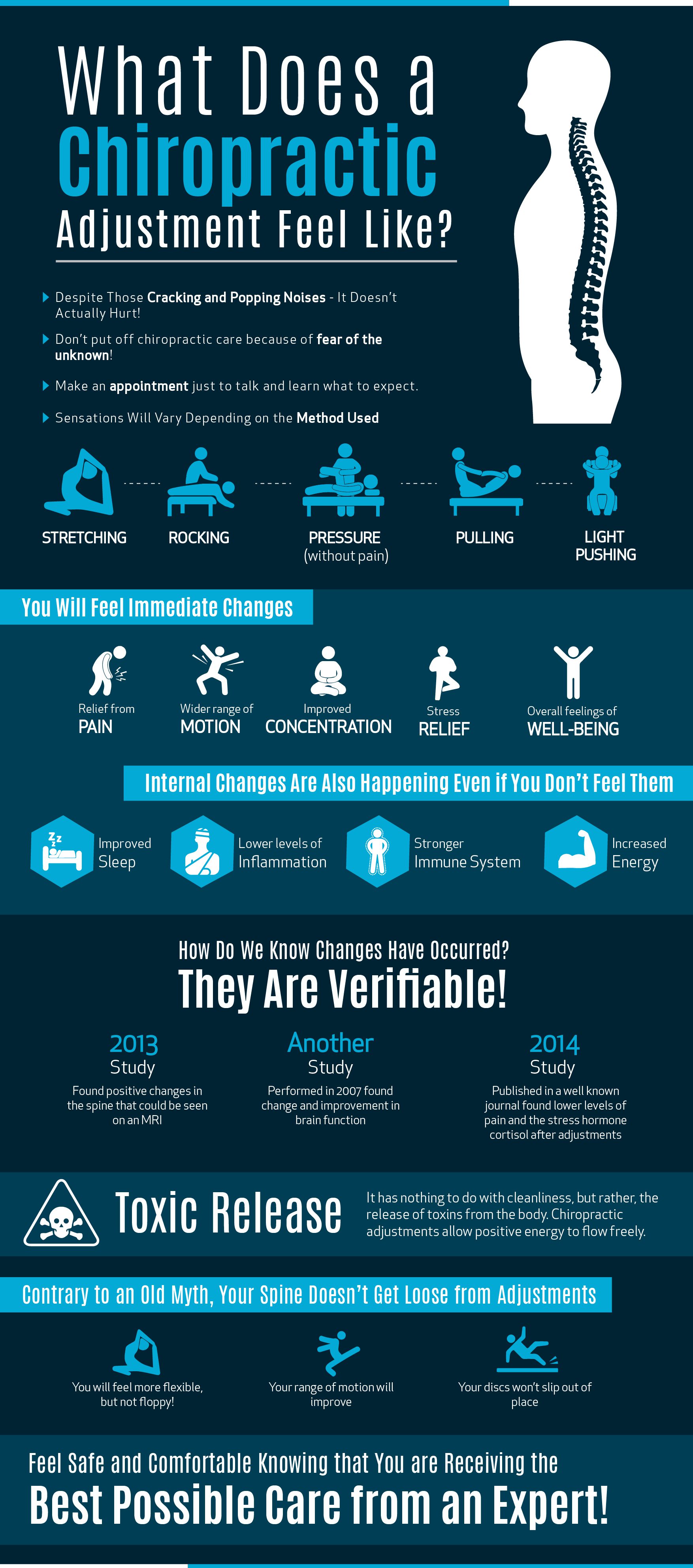Confront Pain In The Back By Uncovering The Day-To-Day Habits That May Be Leading To It; Uncomplicated Adjustments Can Promote A Life Devoid Of Discomfort
Confront Pain In The Back By Uncovering The Day-To-Day Habits That May Be Leading To It; Uncomplicated Adjustments Can Promote A Life Devoid Of Discomfort
Blog Article
Article Developed By-Cates Landry
Maintaining appropriate pose and avoiding usual risks in daily activities can considerably affect your back health and wellness. From just how you sit at your desk to how you lift hefty things, small modifications can make a big distinction. Think of a day without the nagging back pain that hinders your every action; the service might be easier than you assume. By making a couple of tweaks to your day-to-day routines, you could be on your means to a pain-free presence.
Poor Position and Sedentary Lifestyle
Poor position and an inactive way of living are two significant contributors to pain in the back. When you slouch or inkling over while sitting or standing, you placed unneeded pressure on your back muscles and spinal column. This can bring about muscular tissue imbalances, tension, and ultimately, chronic neck and back pain. Additionally, sitting for long periods without breaks or physical activity can damage your back muscle s and cause stiffness and pain.
To combat poor position, make a mindful effort to sit and stand up right with your shoulders back and aligned with your ears. Bear in mind to keep your feet level on the ground and avoid crossing your legs for prolonged durations.
Including normal stretching and enhancing exercises into your everyday routine can additionally help boost your pose and reduce neck and back pain associated with a less active lifestyle.
Incorrect Lifting Techniques
Improper training techniques can significantly add to pain in the back and injuries. When back pain when walking raise hefty objects, keep in mind to bend your knees and utilize your legs to raise, rather than relying upon your back muscular tissues. Prevent turning your body while training and keep the things near to your body to minimize stress on your back. It's vital to keep a straight back and prevent rounding your shoulders while lifting to prevent unneeded stress on your back.
Constantly examine the weight of the things prior to raising it. If it's also heavy, ask for aid or usage tools like a dolly or cart to transport it safely.
Remember to take breaks throughout raising tasks to give your back muscle mass a possibility to relax and prevent overexertion. By carrying out https://health.ucdavis.edu/health-news/newsroom/medical-student-connects-with-dying-patient-chronicles-the-experience/2021/11 lifting techniques, you can protect against pain in the back and minimize the threat of injuries, ensuring your back remains healthy and solid for the long-term.
Absence of Normal Workout and Stretching
A less active lifestyle lacking regular workout and extending can significantly add to back pain and discomfort. When you do not participate in exercise, your muscular tissues come to be weak and inflexible, bring about poor stance and increased stress on your back. Normal exercise helps enhance the muscle mass that sustain your back, boosting security and lowering the risk of pain in the back. Including extending right into your routine can additionally boost flexibility, avoiding rigidity and discomfort in your back muscular tissues.
To stay https://jaidenqlfau.blog4youth.com/31246324/begin-your-trip-towards-a-much-healthier-pain-free-life-today of neck and back pain triggered by an absence of workout and extending, go for at the very least thirty minutes of moderate exercise most days of the week. Consist of exercises that target your core muscular tissues, as a solid core can aid alleviate pressure on your back.
Additionally, take breaks to stretch and relocate throughout the day, particularly if you have a desk job. Basic stretches like touching your toes or doing shoulder rolls can help eliminate tension and stop neck and back pain. Prioritizing routine exercise and stretching can go a long way in preserving a healthy back and lowering pain.
Conclusion
So, remember to sit up right, lift with your legs, and stay energetic to prevent back pain. By making easy modifications to your daily practices, you can stay clear of the pain and constraints that come with pain in the back. Care for your back and muscular tissues by exercising excellent posture, appropriate training methods, and regular workout. Your back will thank you for it!
